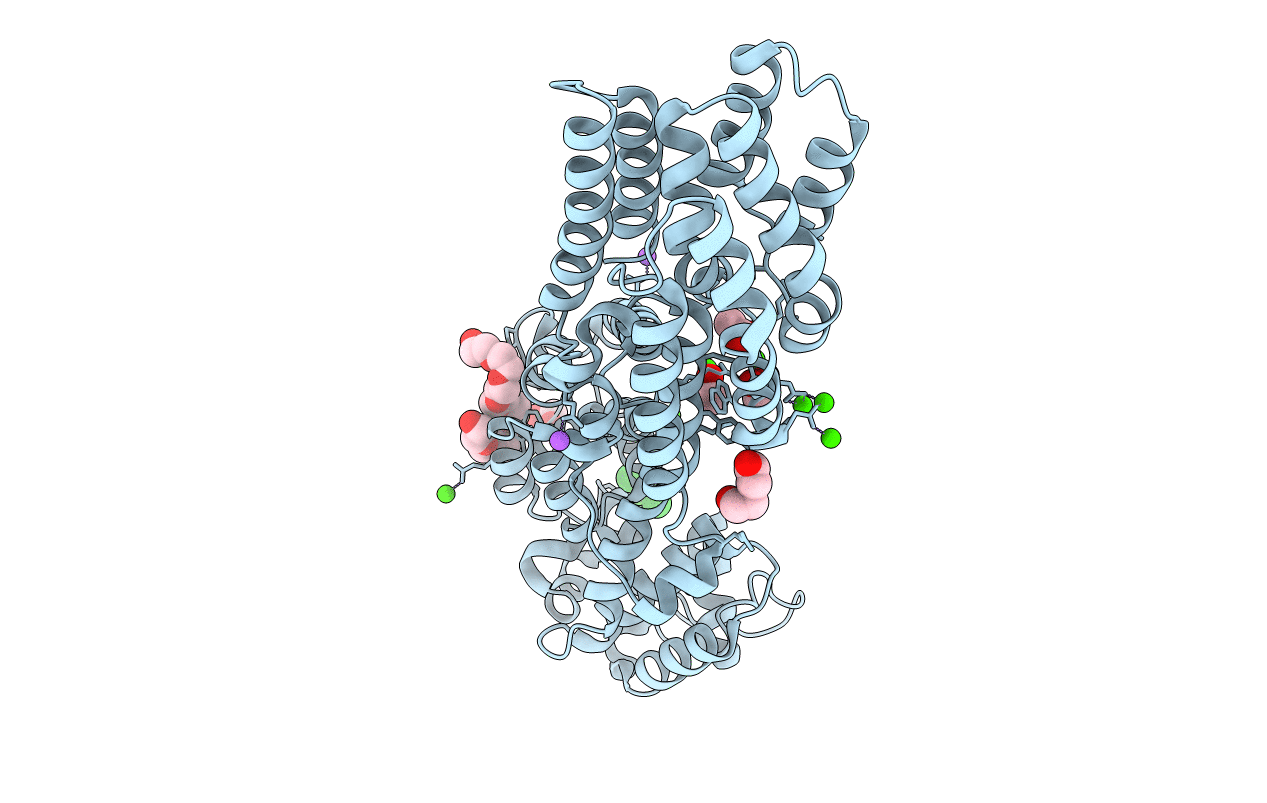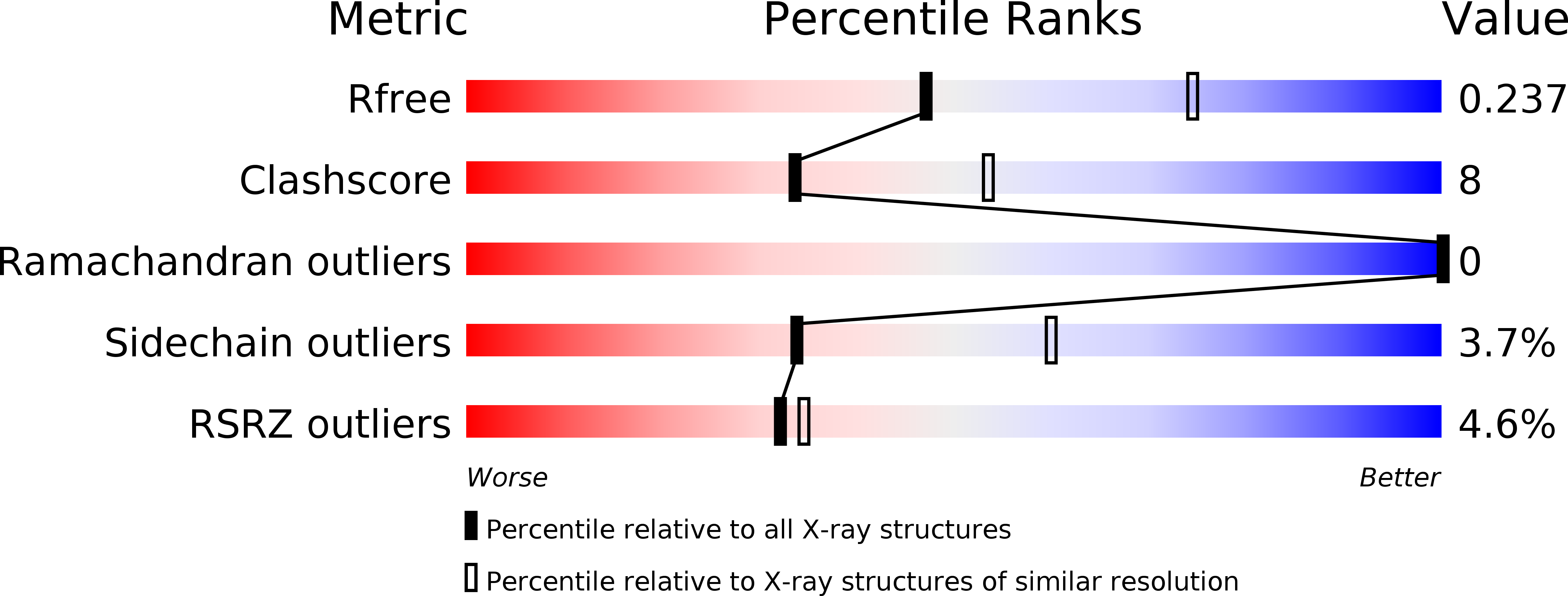
Deposition Date
2016-03-30
Release Date
2017-10-04
Last Version Date
2023-09-27
Entry Detail
Biological Source:
Source Organism:
Suid herpesvirus 1 (Taxon ID: 10345)
Host Organism:
Method Details:
Experimental Method:
Resolution:
2.50 Å
R-Value Free:
0.23
R-Value Work:
0.17
R-Value Observed:
0.18
Space Group:
P 2 2 21


